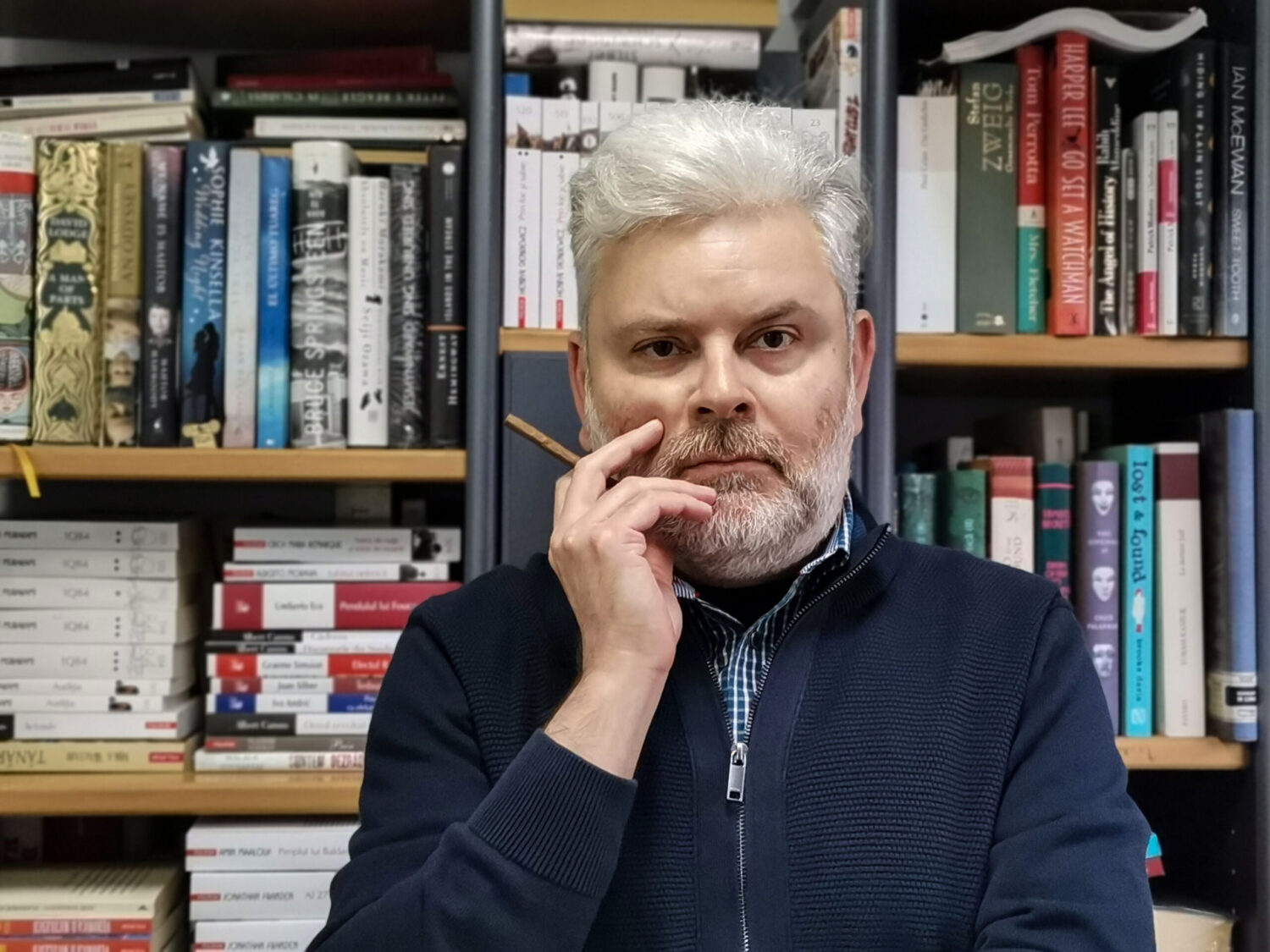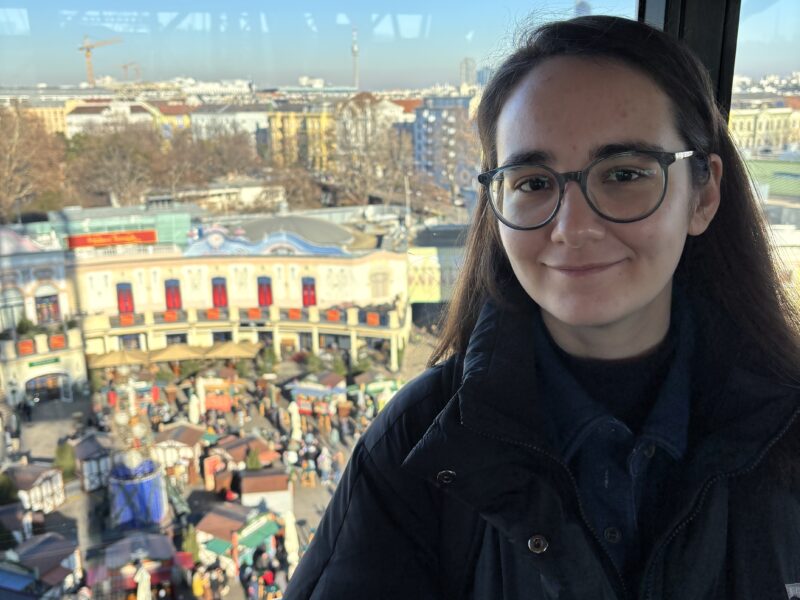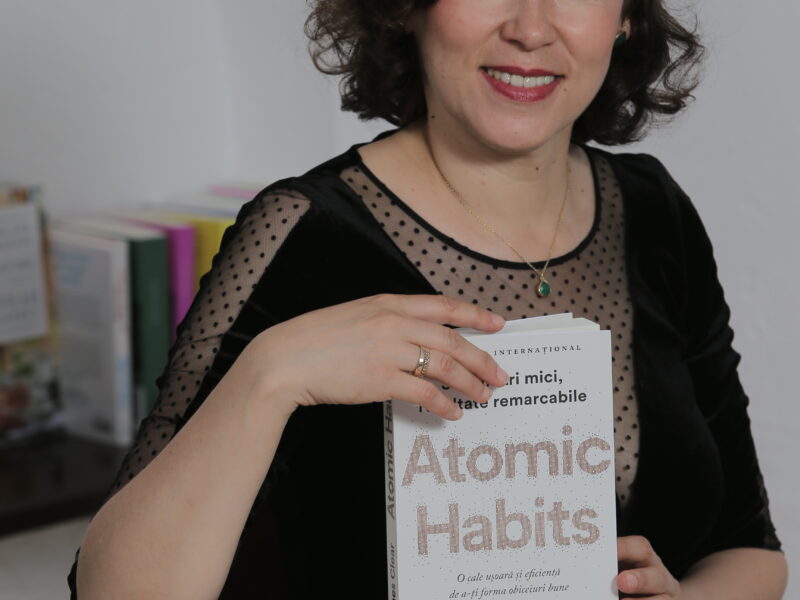Dan Croitoru is editorial director of the Polirom Publishing House, coordinating „Biblioteca Polirom” , the world literature collection and „Junior”, the children’s literature collection. Up until 2019, when he took over as editorial director, he was copy editor, editor-in-chief, and deputy editor-in-chief. He also worked at the Univers and Compania publishing houses. He was general secretary at the Romanian Cultural Institute between 2005 and 2012, when the programmes for supporting the translation and the publication of Romanian authors abroad were launched and implemented (Translation and Publication Support Programme – TPS, „20 de autori“ and Publishing Romania). He hold a PhD in philology, with a thesis about the status of the writer under communism. He translates from English, and his favourite authors include Ian McEwan, Chuck Palahniuk, Yann Martel or F. Scott Fitzgerald.
How do you begin your working day? What’s in your mug and what song can you hear form the speakers?
Well, I wish there were such an image filled with serenity, dear Oana. I assure you that that’s not the case. My workday begins in the subway, on my way to work, when I check my e-mails or I read manuscripts/give the permission to print. It continues with hundreds of texts, phone calls, meetings, discussions, appointments, feeble searches for solutions for countless problems, negotiations, pleadings, banging my head against a wall. On Tuesday mornings, on top of all of this, we have the newest updates from Iași (the headquarters of the publishing house), a scene better described by Bogdan-Alexandru Stănescu in various instances, much better than I ever could. In my mug, you’ll find tea (I can’t drink coffee, I’m hypertensive), magnesium, or effervescent aspirin, after a difficult night spent in the company of the same talented mister Stănescu at Alambik or at Nenea Iancu. Therefore, nothing too romantic. Just a lot of work.
You worked at Polirom as editor-in-chief, deputy editor-in-chief, and you have been working as editorial director since 2019. What does each position entail, what does a director do or does not do in comparison with an editor-in-chief?
The editor-in-chief coordinates the activity of the editorial board, they work closely with the editorial director for the development and the implementation of the editorial programme, they give the permission to print for the books and the covers, they keep in touch with the translators and the external collaborators, and countless other things. The deputy editor-in-chief guides and controls the activity of the editorial board and they are the assistant of the editor-in-chief (when the editor-in-chief is absent, they act as their substitute), they instruct and train the copy editors, they copy edit, they give the permission to print etc. The editorial director suggests titles for the editorial plan, they take care of the development of the collections, they represent the publishing house in the relations/negotiations with the foreign agencies/publishing houses and with the institutions in the country, they are responsible for the external payments budget, and so on.
You coordinate “Biblioteca Polirom”, the world literature collection, and “Junior”, the children’s literature collection. Does this mean that you follow a title from its selection for the portfolio and up to its permission to print?
I took over the coordination of the two collections on the first of November, 2019, after the departure of Bogdan-Alexandru Stănescu, the person who coordinated “Biblioteca Polirom” for 14 years. The initiation of the children’s literature collection, “Junior”, in 2016, also happened thanks to him. Before him, between 2001 and 2005, the collection was coordinated by Denisa Comănescu, who created the pointers the collection is still guided by. The merit belongs to them, entirely. Other than that, the coordinator of the collections must necessarily be involved in following the titles from the moment they are suggested, then included into the editorial plan, and up to their release.
What are the criteria based on which you choose a title to be published in the two collections? Is there a process of internal pitching ?
In order not to repeat what has already been told and is well-known, the title must, in short, be in harmony with the releases from the two collections. The prestige of the “Biblioteca Polirom” collection, built over time, with a lot of effort and many sacrifices, must be respected when adding new titles. Let us note that “Biblioteca Polirom” contains, besides classical authors, some of the most important writers of the twentieth century and the beginning of the twenty-first century, some of them with entire author series dedicated to them, such as Albert Camus, Ernest Hemingway, John Steinbeck, Philip Roth, José Saramago, Jorge Luis Borges, Henry Miller, John Fowles, Orhan Pamuk, Salman Rushdie, David Lodge, Mika Waltari. Accompanied by authors such as F. Scott Fitzgerald, George Orwell, Aldous Huxley, J.D. Salinger, Paul Celan, Jack Kerouac, Eric Maria Remarque, Charles Bukowski, Harper Lee, Umberto Eco, Ivo Andrić, David Grossman, Haruki Murakmi, Thomas Pynchon, Cormac McCarthy, Kazuo Ishiguro, Ian McEwan, Jonathan Coe, Olga Tokarczuk, Elif Shafak, Michael Ondaatje, Jonathan Franzen, Bernhard Schlink, Ngũgĩ wa Thiongʼo, Anna Gavalda, Michel Houellebecq, Andreï Makine, Sofi Oksanen and many others. They are, as one can easily see, laureates of the Nobel Prize for literature and/or the most important international literary awards. It is the same for “Junior”, the children’s literature collection, in which, throughout the years, there have been published books penned by Michael Ende, Elif Shafak, Ian McEwan, Salman Rushdie, Dino Buzzati, Sophie Kinsella, Philip Reeve, Oliver Scherz, Jonathan Coe, Alberto Moravia, Lewis Carroll, Jennifer Chambliss Bertman, Veronica D. Niculescu, Moni Stănilă, Lucian Dan Teodorovici, Dan Lungu, Cosmin Perța, Călin Torsan, Diana Geacăr, Cristina Centea, Mircea Pricăjan or Flavius Ardelean.
Each title is sent for approval to the editorial board, after some groundwork which focuses on many factors, from quality, to impact and to marketability.
What does a bestseller mean for Polirom (referring to the two collections you manage)? What about a longseller?
The books written by J.D. Salinger were bestsellers, by George Orwell, Aldous Huxley, John Fowles, Ernest Hemingway and books by other modern classics, which turned into longsellers over time. Also, books by Haruki Murakami, Elif Shafak, María Dueñas, Parinoush Saniee or Malala Yousafzai enjoyed a significant success with the public. As for the “Junior” collection, one bestseller is The Girl Who Didn’t Like Her Name by Elif Shafak, and also O vară cu Isidor/A Summer with Isidor by Veronica D. Niculescu, which makes us especially happy and something we wish for when it comes to other Romanian authors.
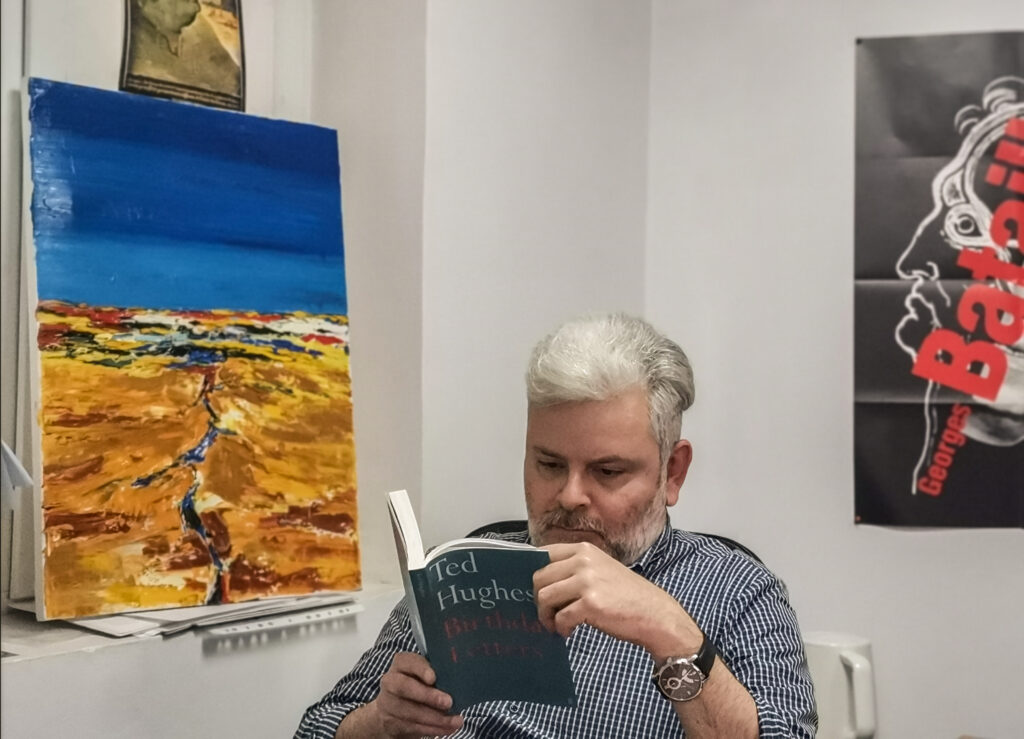
When it comes to fiction and to the grand international awards dedicated to it, most of the time, fierce auctions take place in order to obtain the copyrights. Which was the toughest auction of this sort and what are the “weapons” used by Polirom in such a competition?
There have been many throughout the years, especially in the case of famous authors, for whom translation rights for more books were negotiated. Of course, the catalogue of authors already published by the publishing house, a very prestigious one, as can be seen in what we talked about earlier, weighs heavily on the scale. Just like the reliability of the publishing house in relation to the copyright holders/literary agents probably mattered, respecting the relationship built over time, the prompt payment of the sums of money in the contracts.
Which are the publishing houses which act as the competition for Polirom?
I’m sorry, but I, for one, don’t like talking about the competition. I like to think that the publishing houses complement one another through what they publish.
I heard many people in the editorial field talking about how difficult it is to find the right people for the work done in a publishing house. Do you have such problems? What are your requirements?
You know all too well that this is not such a well-paid field, it’s rather a field for people who are passionate about it. Moreover, people are hard to train, you practically learn until you retire, from every book you work with; this happens to me now, after so many years. But you must be willing to learn, to always pay attention in the conditions of a very demanding job, to know where to search for information, to check the meaning of a word/phrase thoroughly.
On the other hand, I have met people who worked at publishing houses and then switched to another field, perhaps less personally fulfilling, but more financially advantageous. How can an editorial director prevent such situations?
Sadly, passion doesn’t pay the bills, and the living costs have been rising constantly. In a book industry that is as small as the one in Romania and, what’s more, one that is constantly threatened, it’s difficult to earn a decent income – given that there is an average print run of 1000 copies for books written by Romanian authors, and of 1800-2000 copies for books written by foreign authors. For a selling price which cannot be too high because it becomes unbearable. But these are factors which surpass the attributions of an editorial director. And the scary decline of education on a national level, the corruption, the disinterest and the incompetency of the authorities make the future look bleak.
During the period you worked at the Romanian Cultural Institute, some of the fundamental tools for the export of Romanian literature were launched: the programmes for supporting the translation and the publication of Romanian authors abroad (Translation and Publication Support Programme – TPS, „20 de autori“ and Publishing Romania, as well as the grant system for professional and beginner foreign translators ). How did this idea come to be and how did it turn into reality?
With the help of the realization that only through such an approach could the books written by Romanian authors truly enter the foreign editorial markets. The foreign editor should be willing to include a book written by a Romanian author in their editorial programme, because they know the market they are active in the best and they can suggest that book. And they should know that they can count on financial support from Romania. Nothing new under the sun, we got inspiration from the programmes launched by similar foreign institutions, whether they were Culture ministries from Spain or Italy, or dedicated institutions from Norway, Finland, Ireland, Portugal, Japan etc. It was the first time in the history of Romania when such tools for financial support were created, tools which would truly and efficiently work, and the merit belongs to the management of the Romanian Cultural Institute at that time – H.R. Patapievici, Tania Radu and Mircea Mihăieș – and at the same time to the colleagues from the institute and from the Romanian cultural institutes abroad who set those programmes into motion.
Do you remember how those programmes were received by the foreign editors and who were the first beneficiaries?
The programmes elicited a particular interest, which proved, once again, how powerful the need for the existence of such tools was felt. We received requests for funding from publishing houses in France, Poland, Great Britain, the USA, Spain, Portugal, Israel, Hungary, Russia, Bulgaria, and so on. The impact was so big that the writer Dan Lungu stated that the sum of the activities of the Romanian Cultural Institute for supporting the publication of books written by Romanian authors abroad between 2005 and 2012 represented a Copernican revolution.
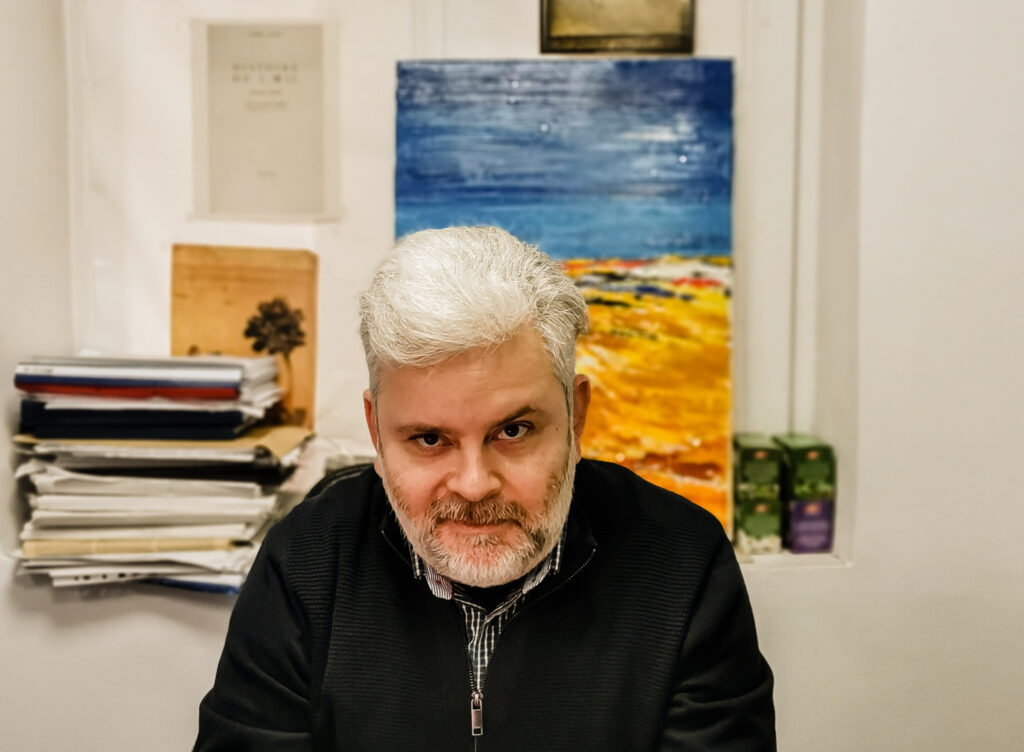
And how did the information about the subventions reach its target-public – the foreign editors and the translators from Romanian?
Through the Romanian cultural institutes abroad, which promoted the information in the editorial media from their countries and then organized meetings with the translated authors, and stands for Romania at the international book fairs, as well as thanks to the efforts of the colleagues from the National Centre of the Book, a structure which was established within the Romanian Cultural Institute in order to manage the programmes for supporting the publication of Romanian authors abroad.
You are also a translator from English, and you translated, among others, Ian McEwan and Chuck Palahniuk. How did you begin translating?
Due to the faith Denisa Comănescu had in me. She was very kind and I will always be grateful to her. Mr. Silviu Lupescu accepted, with the same magnanimity, to entrust me with the responsibility of translating literary texts. Bogdan-Alexandu Stănescu always supported me, with his well-known generosity, and he constantly reprimanded me for not keeping up with work. I assure him of my gratitude.
How does your translation process look like? Do you have any rituals?
Sadly, I only have time to translate late at night, after my working hours and during the weekends. Sometimes even during my annual leave, which I take in order to finish translations. So it looks exactly how it shouldn’t look like. I don’t have any other rituals besides the music which accompanies my work.
What are the greatest joys of a translator? And the greatest joys of an editor?
To remain loyal to the text and to the style of the author, and, at the same time, to make the translation sound natural in Romanian. To make the copy editor of the book work as little as possible. As for the editor, I imagine there is no bigger joy than to see the books he wished to be published enjoy the appreciation of a high number of readers.
You translate prose, but you are a reader who is passionate about poetry. And a music lover. How does your perfect combolook like?
It’s difficult for me to choose. Let’s say “The Sicilian” from Sonata in E flat majorfor the flute, (probably) by Johann Sebastian Bach, piano transcription by Wilhelm Kempff, interpreted by Evgeny Kissin, and the poem „Verrà la morte e avrà i tuoi occhi“ by Cesare Pavese.
[Photos: Raluca Furtună] [Translated into English by Irina-Adelina Găinușă.]

